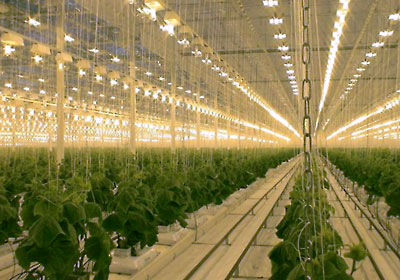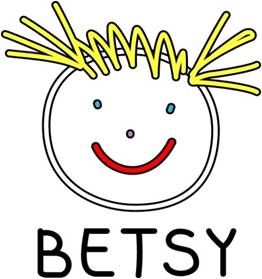Welcome at vanderstok consultancy.
Ubiquity of Internet:Internet is entering our daily lives at an accelerating pace. Peter van der Stok has contributed to the deployment of Internet Protocol (IP) from the very start of Internet's existence. During the first years of Internet, IP technology was used on UNIX machines to send e_mail and files between universities. At that time Peter deployed IP technology to communicate between mini computers placed around an underground ring of 28 km circumference to control the LEP accelerator at CERN. In a later stage when Internet entered our homes via ADSL modems, Peter used IP technology to connect home entertainment devices such as TV and video recorders with the UPnP standard. Today Internet will even be more invasive thanks to the arrival of cheap wireless chips. Lights, heating and domestic equipment can be controlled unobtrusively at home and from outside your home. Peter is involved in making the Internet protocol suitable for Machine to Machine (M2M) communication between small devices (lamps, switches, etc.) in buildings.
From concept to reality:
Although all networking technology is ready to provide the fully connected world, legislation and standardization are still in full development. Choosing the right approach to connect your products to the Internet is a riskfull business but with the promise of a large harvest. Vanderstok consultancy has the experience and know how to help you plan your portfolio in this exciting area of networked products We can assist you with technology overviews targeted to your business. Such an overview describes current technology and standards, the way you can use the technology to connect your products, the missing developments, and a roadmap to come to a realistic approach to the market.
Key words
Internet standards, real-time control, installation and maintenance, networked embedded systems.
Experience domains
The company has accumulated considerable experience in the following example domains:








Overview of 4 technology domains
vanderstok consultancy has considerable experience in real-time networking for large scale installations.
We will be happy to use our experience to bring your projects to a sucessful conclusion.
Horti Culture experience ![]() Period 2008 - 2010: Wireless experiment
Period 2008 - 2010: Wireless experiment
 Technology aspects include:
Technology aspects include:Our contribution:
Office mesh experience ![]() Period: 2008 – 2012, IP for Lighting
Period: 2008 – 2012, IP for Lighting
 Technology aspects include:
Technology aspects include:Our contribution:
Accelerator control experience ![]() Period: 1980-1989 LEP project
Period: 1980-1989 LEP project
 Technology aspects include:
Technology aspects include:Our contribution:
Avionics experience ![]() Period 1994 - 1998: BRITE-Euram project
Period 1994 - 1998: BRITE-Euram project
 Technology aspects include:
Technology aspects include:Our contribution:
European projects:
Peter van der Stok has particpated in many European projects. He has led and/or started for example
 Wirelessly Accessible Sensor Populations (WASP)
Wirelessly Accessible Sensor Populations (WASP)The WASP project aimed to facilitate WSN adoption by bringing together relevant stakeholders from different disciplines, each having their own professional vocabulary and skills, to derive generic (hence cost-efficient) solutions. WASP concentrated on three domains with a high potential benefit from WSN-based solutions. The domains are: (1) elderly care to improve personal independence (2) livestock farming, to enable the trend towards larger farm sizes and (3) automotive applications, to decrease the cost, weight, and increase freedom of placement compared to wired solution. |
|---|
 BEing on Time Saves energY (BETSY)
BEing on Time Saves energY (BETSY)The BETSY project aimed at multimedia streams on wireless hand-held devices seamlessly adapted to fluctuating network conditions and available terminal resources while reducing the energy consumption of the stream processing. This way the user can enjoy true multimedia experiences with freedom of movement in a networked home. Trade-offs were made between the consumption of networked resources, such as bandwidth use, CPU consumption, memory use and power consumption, while guaranteeing end-to-end timeliness - required for streaming data. |
 Federated Applications Based on Real-Time Interacting Components (FABRIC)
Federated Applications Based on Real-Time Interacting Components (FABRIC)The FABRIC consortium contributed to the Ambient Intelligence promise in the home by concentrating on a computing- and network- infrastructure. FABRIC developed an architecture in which several standards and technologies in the home networking context can be integrated. The High Level Architecture (HLA) of the US Department of Defense (DoD), also known as the IEEE 1516 standard, was taken as starting point for the FABRIC. HLA wass chosen for its provision of loose but timed coupling between complex systems. |





